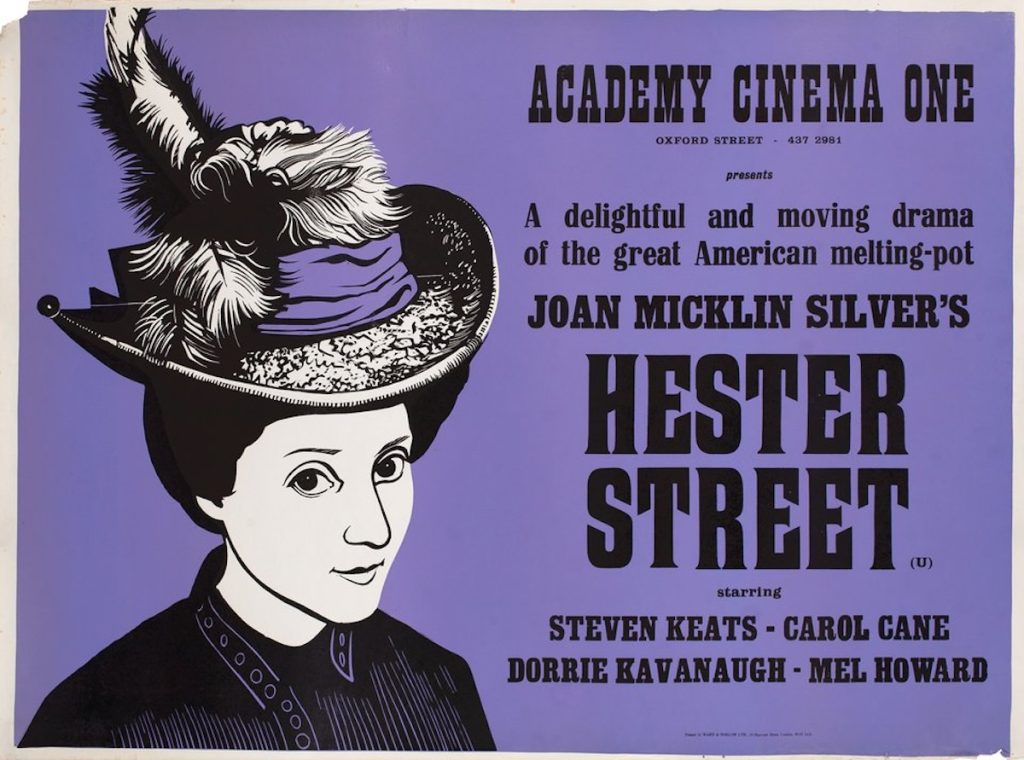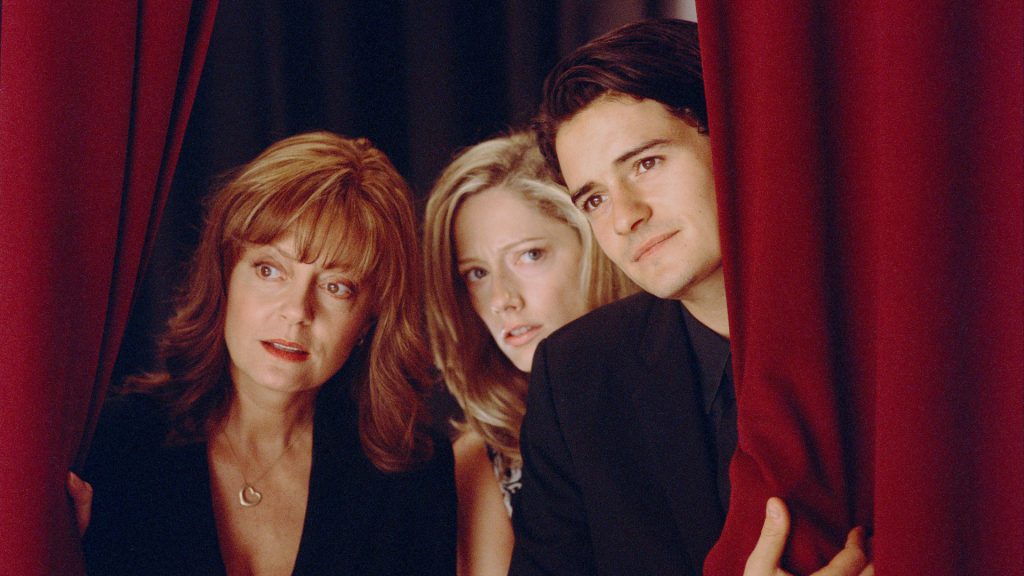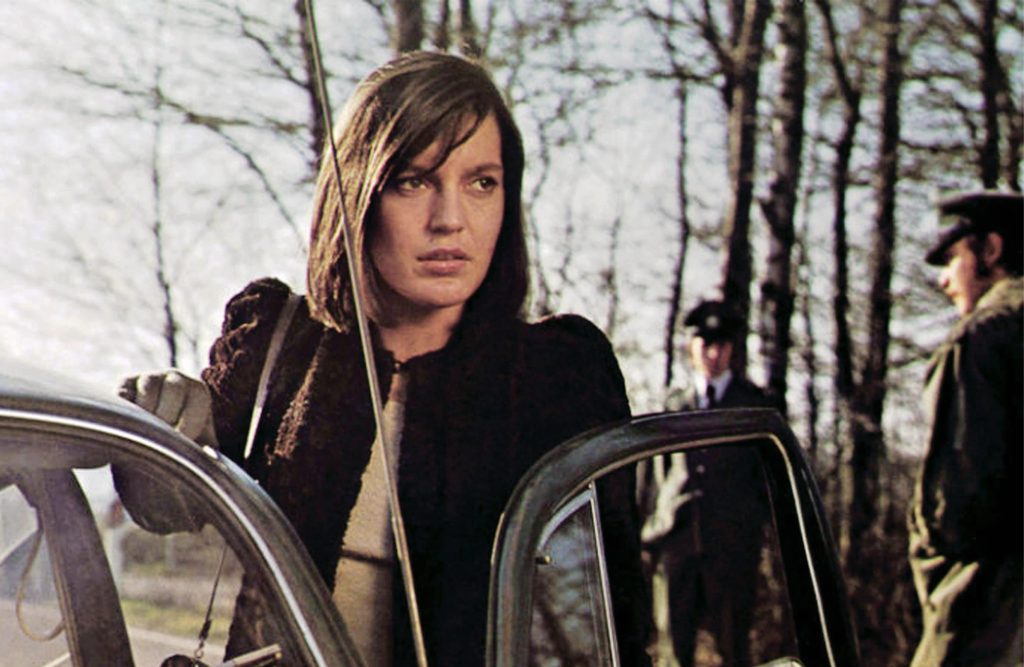Don DeLillo’s novels have the dubious reputation of being unadaptable. Even when this is proven wrong, as with director Noah Baumbach’s new adaptation of what is arguably the Bronx-born writer’s most popular and best known novel, White Noise, that adjective haunts a large percent of the articles and reviews written about the movie.
From the prevalence of this idea—that DeLillo’s novels, if not literally unadaptable, are exceedingly difficult to translate to screen—you might assume that White Noise marks the first such case. But in fact, it is the third adaptation of one of his books, following 2012’s Cosmopolis, based on the 2003 novel of the same name, and 2016’s Never Ever, a French interpretation of his 2001 novella The Body Artist. There is also Game 6, a little-seen dark comedy from 2005, for which DeLillo wrote the screenplay.
So: hardly unadaptable. Still, the fact that only four movies have been sprung, in one form or another, from the pen of DeLillo is somewhat surprising, given that he’s been one of America’s leading novelists for going on half a century, winning numerous awards and accolades, including The National Book Award, The Pen/Faulkner Award and a Guggenheim Fellowship. On top of this, he’s a fiercely beloved author, and if his readership is too large to dub him a cult favorite, said readership—of which I include myself—love him with the devotion of a cult (which is fitting, given cults are one of his largest recurring subjects).
So, it comes back to that idea that his work is, if not impossible, very difficult to adapt, or at least adapt well. This is both true and not. His work is often dubbed postmodernist—a term that immediately kills mainstream interest—which is fair enough, although it makes it sound as though he produces massive door-stops that require a reader’s guide just to make sense of them. Some of his work does fall within this description: his 1997 magnum opus, Underworld, clocks in at 827 pages, and his early science fiction novel Ratner’s Star is almost as challenging as anything from his peers Pynchon, Gaddis or Gass. But for the most part DeLillo’s work is easy enough to follow, even if you’re not sure what it’s all leading to or what to make of it once you arrive at the end.
That said, his stories tend to contain a narrative propulsion ripe for cinematic adaptation, and are chock-full of the stuff Hollywood loved to film back when they still made movies for adults: assassinations, cults, terrorism, espionage, shady political and business dealings, technological paranoia, celebrity sex tapes, sports, love affairs and infidelity, and the movies themselves. In fact, few novelists have mined the psychic effect of movies on the American mind as DeLillo, with his debut novel of 1971, Americana, a proto-Mad Men tale of an advertising executive-turned-film director undergoing a dark spiritual and mental transformation. Some of the most memorable scenes in other books, including White Noise, Underworld, and his late-period novella, the Antonioni and Hitchcock-inspired Point Omega, revolve around specific movies and movie stars.
DeLillo has been open about this influence, going so far as to claim the global arthouse explosion of the early sixties was more influential on his work than any school of literature: “Probably the movies of Jean-Luc Godard had a more immediate effect on my early work than anything I’d ever read.” He’s still given to talking about movies: when I had the rare chance to see him give a live interview (followed by an even rarer book signing) in 2016 in promotion of his novel Zero K, he spoke about recently seeing and enjoying Lars Von Trier’s Melancholia.

Given all of this, it’s somewhat surprising that DeLillo—who has written three plays over the course of his career—has only personally authored one screenplay, though when you consider what happened to said screenplay, perhaps it’s not so surprising. As charted in Ross Scarano’s excellent history of Game 6 for The Ringer, that script—about a successful playwright (Michael Keaton), who spends a frenzied day in the fall of ‘86 traversing the city of New York, frantically trying to keep his sanity in check while dealing with the troubled opening of his latest and most personal work, an impending divorce, a falling out with his daughter, a sudden exposure to asbestos following an underground explosion (shades of the iconic “Airborne Toxic Event” at the center of White Noise), a feared and despised theater critic gunning for him, and, most importantly, the sixth game of the World Series which he just knows will see his beloved Boston Red Sox blow their one-game lead—spent 15 years in production hell, only to then immediately fall into obscurity once director Michael Hoffman managed to actually bring it screen in 2006 (it only become widely available to stream over the past year).
DeLillo was markedly hands-off during the production and release of Game 6, and has rarely spoken of it since. However, the ideas within it clearly meant a lot to him, because a decade and a half after first handing his script over to producer/actor Griffin Dunne (who both produced and co-starred in the eventual film), he repurposed many of them for his troublingly prescient 2003 novel Cosmopolis.
That book, which sees a young billionaire asset manager engineer his own financial downfall against a backdrop of national economic turmoil and mania, was adapted in 2012 by David Cronenberg, who cast Robert Pattinson in one of his first big boy roles. Of all the filmmakers alive today, there is probably none more perfectly matched to DeLillo’s sensibilities than Cronenberg, their work sharing plentiful thematic and stylistic crossover, as well as a penchant for anticipating future events, with the movie Cosmopolis, which features a furious, anti-capitalist political uprising (their motto: “A Specter is Haunting the World: the Specter of Capitalism”), coming out in the midst of the Occupy Movement.
Neither Game 6 nor Cosmopolis are great films—both are constrained by their budgets and end up feeling stagey, with only a handful of actors across each able to believably deliver the DeLillo-speak which, on paper, allows the reader to find its rhythm, but when actually aired can often come off as an even more halted and awkward version of David Mamet’s dialogue. Game 6 acquits itself a little better because it’s cast skews older and more experienced, whereas many of the younger actors in Cosmopolis—including Pattinson, who while he would go on to be one of our best young leading men, thanks in large part to his work with Cronenberg, wasn’t quite there at that stage—are simply out of their depth.
That said, both movies make for an interesting study in the evolution of single story, as they are so similar to each other—sharing the exact same narrative structure, as well as entire scenes and wholesale lines of dialog—that they may as well be twins.
It’s here the we should take a moment to address the elephant in the room: if the above description of Game 6 strikes you as suspiciously similar to 2014’s Best Picture winner Birdman or (The Unexpected Virtue of Ignorance)–which likewise starred Keaton as a mentally-unbalanced playwright attempting to juggle the impending debut of a new play with an angry, college-aged daughter, estranged wife, and an antagonistic theater critics (who, as in Game 6, ultimately ends up loving it)–you are far from the only person to think so. In that aforementioned Ringer article, Birdman director and co-screenwriter Alejandro Gonzalez Inarritu is quoted as saying he’d never seen nor even heard of Game 6, an answer that is equally plausible and insufficient. Fishiness of the situation aside, Game 6 is a far funnier and intellectually meaty movie than Inarritu’s shallow and grating awards darling.

In 2016, French filmmaker Benoît Jacquot made DeLillo’s ghost story The Body Artist as Never Ever. The film follows a beautiful performance artist (Julia Roy) haunted by the warped and possibly imagined double of her deceased lover (Mathieu Amalric, who also has a small part in Cosmopolis) living in the attic of her home. The quiet, moody French style makes a good fit for the spare approach DeLillo adopted in his post-millenium work, although if you didn’t already know this was an adaptation of one of his novels you probably wouldn’t guess it. Meanwhile, one can’t help but wonder about the missed potential of the first attempted adaptation of the book, which was set to be directed by Luca Guadagino and star Isabelle Huppert, Denis Lavant, Sigourney Weaver and Cronenberg.
This brings us to White Noise. Many attempts were made to bring the 1985 National Book Award-winning dark comedy—about Jack Glandey (Adam Driver), esteemed Professor of Hitler Studies at a small liberal arts college, his loving wife Babbette (Greta Gerwig), and their various children from past marriages, attempting to navigate life in an increasingly anxious and alienating postmodern America, until a cataclysmic man-made disaster (“The Airborne Toxic Event”) upends their lives—to screen before Noah Baumbach finally succeeded. Baumbach was always a strange choice to adapt the novel; while there’s a strong literary sensibility throughout his films, DeLillo seems like an author that his characters would read and pretentiously pontificate on, as opposed to a direct source for inspiration.
Credit where due: Baumbach used his cache to bring a scope to his production that simply dwarfs all the other DeLillo adaptations. At times it feels near miraculous, the type of movie we never see anymore: a non-blockbuster major event picture. He also stays incredibly faithful to DeLillo’s novel, and if the film suffers from what I’d call novel-itis—where you can tell there are a bunch of great scenes from the book that were left on the cutting room floor—it’s also probably as good and close an adaptation as we could ever expect.
Which is not to say Baumbach is slavishly devoted to DeLillo, as he brings to bear other influences that feel just as strong: the dollhouse detail, panoramic perfectionism, and anachronistic quirkiness of his frequent collaborator Wes Anderson; the earthy speculative style of Wim Wenders (with the third act going all in on some Robbie Müller-style cinematography); and, most surprising of all, an a truly Spielbergian/Amblin-esque sense of awe, particularly during the Airborne Toxic Event, which comes close to matching the abduction scene from Close Encounters of the Third Kind for cosmic grandeur and terror.
The result is, nevertheless, a decidedly mixed bag. The disparate tones makes it hard for the viewer to get a foothold within the story, and the problem of actors delivering DeLillo’s dialog remains ever-present (both Driver and Gerrwig eventually get the hang of it, but it takes a while). But the biggest issue with Baumbach’s White Noise is one that can’t be helped: DeLillo’s novel remains prophetic, but the culture long ago caught up to it. It’s difficult to watch scenes of characters holding court on the sinister omnipresence of electronic devices or the existential ramifications of consumerism and overmedication without thinking of countless other movies and TV shows that have covered the same ground in the 37 years since the novel debuted.
Still, the movie seems the type destined for culthood, which is true of the other adaptations as well. Although we’ve yet to get a full-on cinematic masterpiece made from DeLillo’s novels, the ones we do have have a way of haunting the viewer, despite (or perhaps because of) their flaws. That’s the essence of so much of DeLillo’s writing: amidst the endless barrage (or white noise) of the forces surrounding us—our technology, our entertainment, our medication, our politics—something core is missing. But the absence of that something is its own presence, the specter haunting our world.



